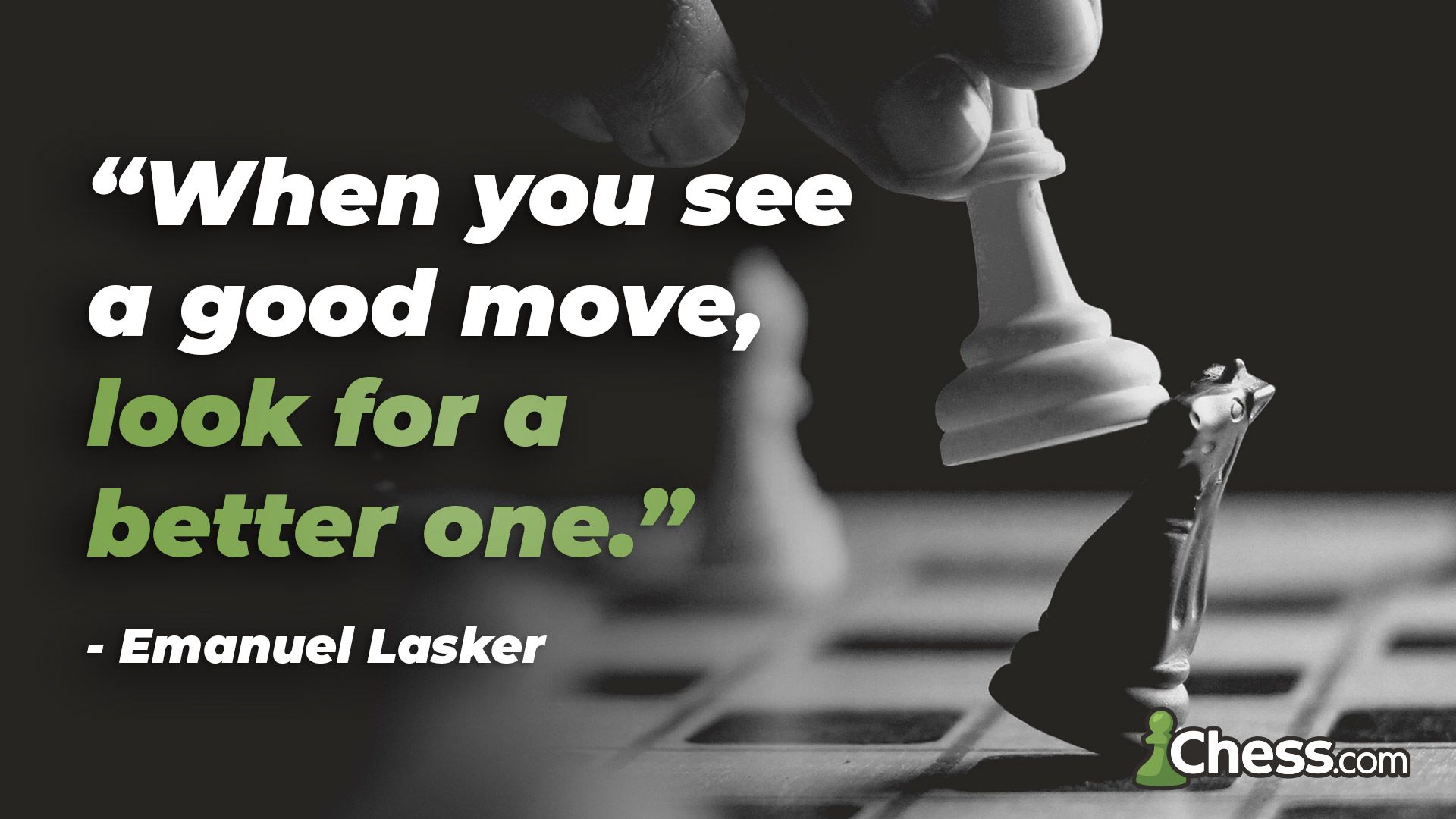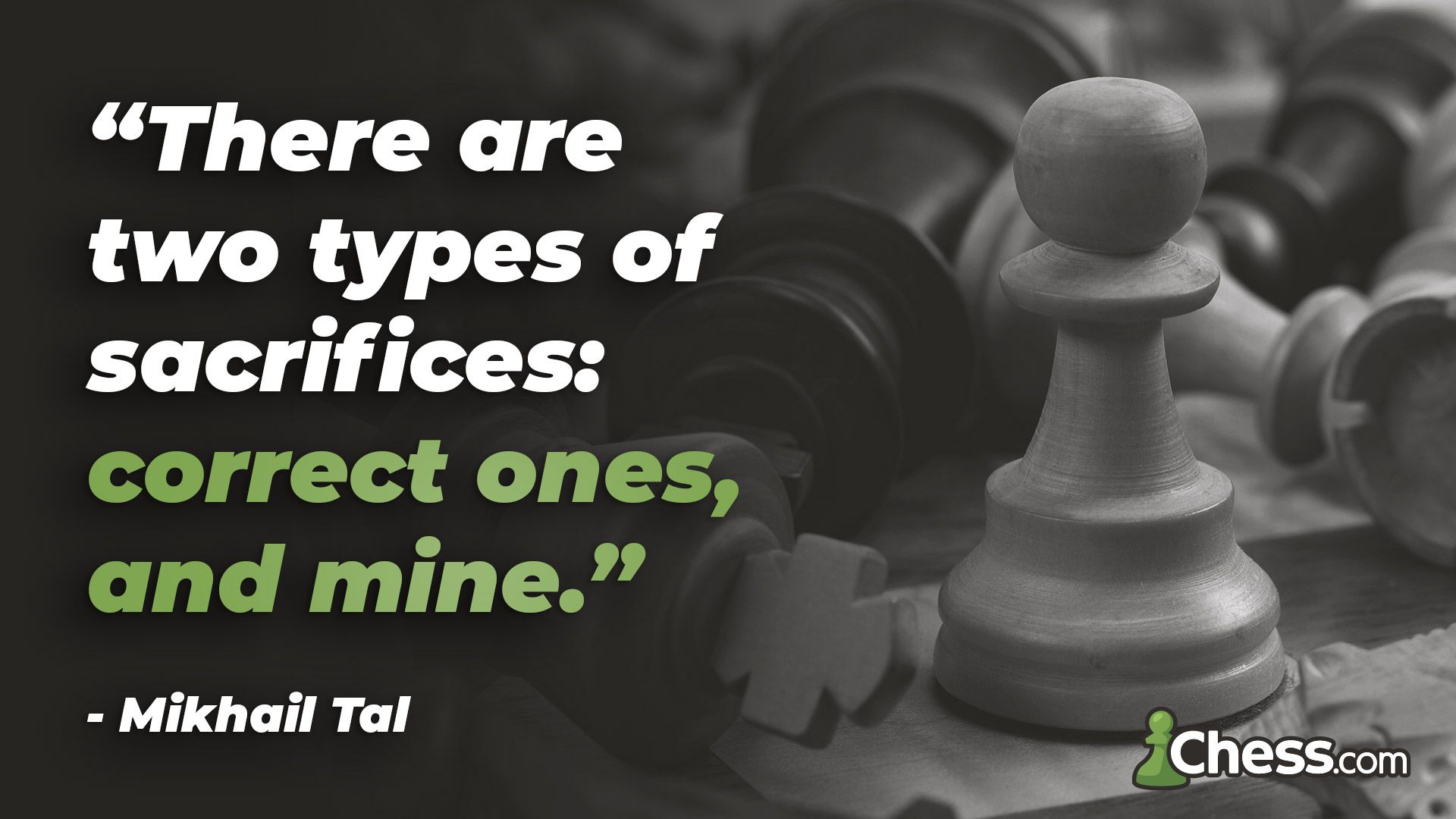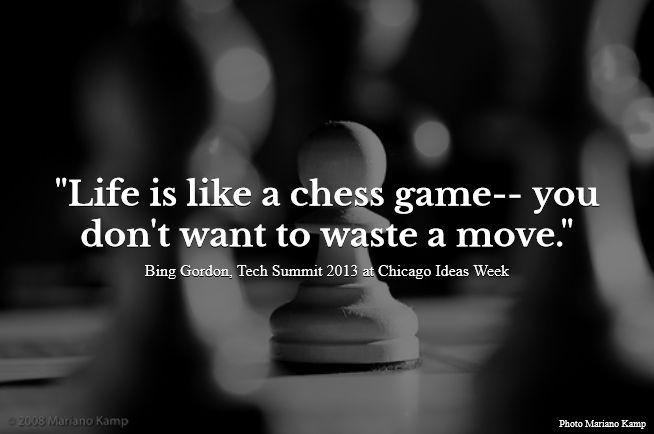
Draw in Chess
Hi,there!
How are you?
Are you ready for a lesson?
Let's start!
Intro
This blog explains the rules of a draw in chess! In chess, you can win, lose, or even draw. When a game ends in a draw, neither player wins or loses. So, if you are in a bad position, try to find a way to force a draw. This way, you won’t lose, and although your opponent may have a winning position, they also won’t win.
Stalemate
In chess, a side is in a stalemate when it has no legal moves but, at the same time, its king is not under threat. This results in a drawn game, meaning neither player wins. The side that gets stalemated is usually at a significant disadvantage in terms of material. In such situations, there is a higher chance of running out of available moves. Thus, stalemate can sometimes serve as a clever defensive resource.
In practical play, stalemates often happen due to errors, as the stronger side could have converted the position differently. However, in certain endgames, stalemate plays a crucial role as a defensive strategy to secure a draw.
Attention! Checkmate and stalemate are different.
Checkmate happens when the king is under attack and has no way to escape, meaning it is in check. The player who delivers checkmate wins the game!
Stalemate occurs when the king is not under attack but has no legal moves. Since it is not in check, the game ends in a draw.
In the next diagram, it is Black's turn to move. However, the Black king cannot move because all its escape squares are controlled by the White queen.
Since the Black king is not in check but has no legal moves, it is in a stalemate position, which means the game ends in a draw.
Stalemate from a master game!!
The game isn't a draw,because Black can move its bishop or its pawns.
Insufficient Material
There is too little material on the board to deliver a forced checkmate, or checkmate is simply not achievable.
Examples of insufficient material:
1.King vs king
2.King + minor piece (knight or bishop)vs kingIf the minor piece and the king will try to trap the king,this would be a stalemate.
What happens if one player has all the pieces while the other has only a lone king, and the first player runs out of time? In this case, White should have won—but lost on time!(I'm talking about the next diagram)
However, since Black cannot deliver checkmate with just a king, the game is declared a draw. This is important to note because running out of time does not always result in a loss—sometimes, it leads to a draw.
This situation is often referred to as "timeout vs. insufficient material."
50-move rule
This rule allows either player to claim a draw if 50 consecutive moves occur without a pawn move or a capture.
The longest chess game in history would not be possible under modern rules, as it would have been declared a draw much sooner. In the past, the limit was 100 moves without a pawn move or capture.
75-move rule
If the same position has been repeated three times within a chess game then either player can claim a draw. In online chess, on the third repetition it is declared a draw.Article 9.2 states that a position is considered identical to another if the same player is on move, the same types of pieces of the same colors occupy the same squares, and the same moves are available to each player; in particular, each player has the same castling and en passant capturing rights.
If en passant could be played,but the player didn't capture en passant ,and make the same moves three times,with the other player the game isn't a draw.
Fivefold repetition
If the same position occurs five times during the course of the game, the game is automatically a draw
Perpetual check
There is no longer a rule that defines perpetual check—a situation where one player delivers a series of checks that the other player cannot escape—as a draw. Any perpetual check scenario can eventually be claimed as a draw under the threefold repetition rule or the fifty-move rule. More often, the players will simply agree to a draw. By 1965, perpetual check was no longer part of the rules.
Agreement
Both players agree that the game ends in a draw.
Usually, this happens because they believe neither side can gain an advantage.
However, draw agreements can be contentious if they occur early in the game, especially when both players are seeking a draw.
Puzzles
You are losing here!Find the move that creates a forced draw by stalemate!
Outro
When you are in a bad position, try to force a draw using the draw rules.
If not—sorry! But if your opponent plays carefully, you will lose.![]()
I hope you enjoyed the lesson!
Stay safe!














